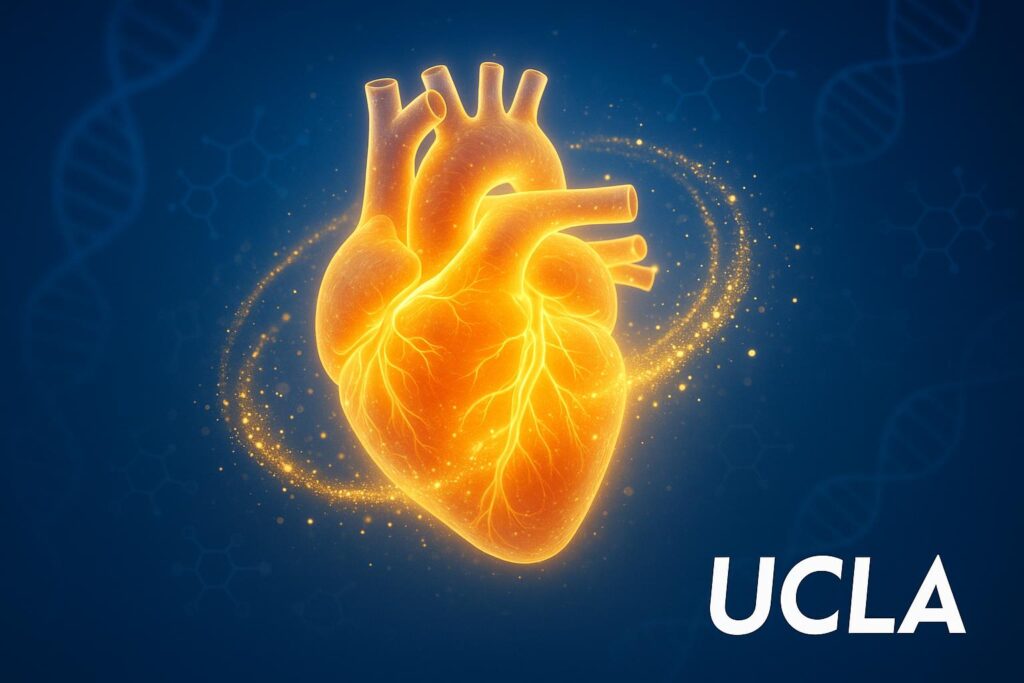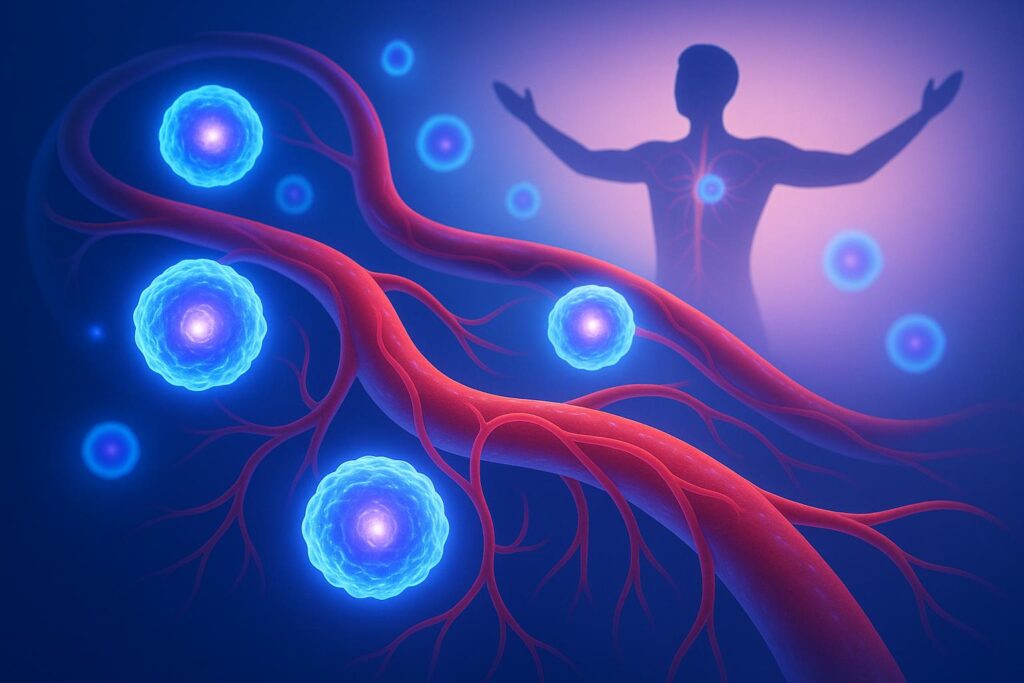In the dynamic world of sports medicine, the quest for advanced treatments to accelerate recovery and enhance performance is perpetual. Among these cutting-edge therapies, the use of stem cells has emerged as a beacon of hope, promising a regenerative medicine revolution. This article delves into the fascinating realm of stem cell treatment for sports injuries, a field where science fiction seems to converge with medical reality.
Sports injuries, ranging from tendon tears to ligament strains, can sideline athletes and fitness enthusiasts, often leading to prolonged recovery periods and, in some cases, career-ending scenarios. Traditional treatments, such as surgery and physiotherapy, have been the standard, but they come with their limitations, such as long recovery times and the risk of incomplete healing.
Enter stem cells – the body’s raw materials, cells from which all other specialized cells are generated. In the context of regenerative medicine, these cells hold the potential to not only heal but to regenerate damaged tissues, offering a ray of hope where conventional medicine reaches its limits.
The potential of stem cell therapy in treating sports injuries lies in its ability to repair, regenerate, and rejuvenate injured tissues, possibly reducing recovery time and improving the quality of healing. This makes it an increasingly attractive option for athletes and individuals suffering from various sports-related injuries.
As we embark on this journey, we will explore the science behind stem cells, their application in sports injuries, and the transformative potential they hold. Whether you are an athlete, a medical professional, or simply someone fascinated by the advancements in medical science, this exploration into the regenerative potential of stem cells for sports injuries is poised to offer insightful perspectives.
Join us as we unravel the complexities of this innovative therapy, its applications, and the future it holds in the sphere of sports medicine.
Understanding Stem Cells
What are Stem Cells?
Stem cells are the body’s master cells, capable of transforming into various cell types to repair and regenerate tissues. They are unique in their ability to differentiate into specialized cells, making them a cornerstone in the field of regenerative medicine.
Types of Stem Cells
- Embryonic Stem Cells: Derived from the inner cell mass of early embryos, these cells can transform into any cell type in the body.
- Adult Stem Cells (also known as somatic stem cells): Found in various tissues like bone marrow and fat, these cells are more specialized and can generate cells for the specific tissue or organ in which they reside.
- Induced Pluripotent Stem Cells (iPSCs): These are adult cells (like skin cells) genetically reprogrammed to an embryonic stem cell-like state, allowing them to differentiate into various specialized cell types.
How Stem Cells Aid in Repair and Regeneration
Stem cells play a pivotal role in tissue repair. When injected into a damaged area, they can promote healing by differentiating into the required cell types, reducing inflammation, and stimulating local cells to aid in repair.
Ethical and Safety Considerations
The use of embryonic stem cells raises ethical concerns, primarily because their extraction involves the destruction of embryos. In contrast, adult stem cells and iPSCs are less controversial and have gained more acceptance in regenerative medicine.
Sports Injuries and Current Treatments
Overview of Common Sports Injuries
Sports injuries can range from acute traumas like ligament tears and tendon injuries to chronic issues like tendonitis. These injuries are often debilitating and require significant time for recovery.
Current Treatment Approaches
- Surgery: Often used for severe injuries but comes with risks of complications and long recovery periods.
- Physiotherapy: Aids in rehabilitation but may not fully restore the injured tissue to its original state.
- Medication: Helps in pain management but doesn’t contribute to tissue regeneration.
Limitations of Traditional Treatments
Traditional treatments focus on managing symptoms and repairing damage but often fall short in fully regenerating the injured tissue, which can lead to decreased performance or re-injury.
Stem Cells in Sports Injury Treatment
How Stem Cell Treatment Works
Stem cell therapy utilizes stem cells’ innate ability to repair and regenerate damaged tissues. When applied to sports injuries, this innovative therapy may offer enhanced healing by regenerating the injured tissue more effectively than traditional methods.
Types of Stem Cell Therapies
- Stem Cell Injections: Directly injecting stem cells into the injured area.
- Tissue Engineering: Combining stem cells with scaffolds to repair larger tissue defects.
Case Studies and Research
Numerous studies have shown promising results in using stem cells to treat sports injuries, particularly in tendon and ligament repair, with patients experiencing faster recovery times and improved functionality.
Advantages of Stem Cell Therapy in Sports Injuries
Faster Recovery Times
One of the most significant advantages of stem cell therapy in treating sports injuries is the potential for accelerated healing. Unlike traditional treatments that often involve lengthy rehabilitation periods, stem cells can expedite the recovery process, allowing athletes to return to their activities sooner.
Potential for Complete Tissue Regeneration
Stem cells possess the unique ability to develop into the specific types of cells needed for repairing injured tissues. This means they can potentially regenerate tissues, such as tendons and ligaments, more completely than conventional methods, which often only repair or patch up the damaged areas.
Improved Functional Outcomes
With the potential for more effective regeneration, stem cell therapy can lead to better functional outcomes. This means not just healing the injury but restoring the tissue’s strength and flexibility to its pre-injury state, which is crucial for athletes whose performance depends on these physical attributes.
Challenges and Considerations
Challenges in Stem Cell Therapy
While stem cell therapy for sports injuries shows immense promise, it’s not without its challenges. These include the variability in treatment outcomes, high costs, and the need for more standardized treatment protocols.
Legal and Regulatory Status
The legal and regulatory landscape for stem cell therapies is complex and varies by region. It’s important for patients and practitioners to be aware of the current regulations and ongoing changes in this field.
Future Research Directions
Continued research and clinical trials are crucial for advancing our understanding of stem cell therapies and their application in sports medicine. This will help in addressing current challenges and unlocking the full potential of these therapies.
Athlete Perspectives and Case Examples
Testimonials from Athletes
Personal stories from athletes who have undergone stem cell treatments can provide valuable insights into the therapy’s effectiveness. These testimonials often highlight quicker recovery times and a return to pre-injury performance levels, offering hope to others facing similar injuries.
Analysis of Recovery Timelines
Case studies demonstrate that athletes treated with stem cells often experience shorter recovery timelines compared to those undergoing traditional treatments. This aspect is crucial in the world of professional sports, where time away from the field can have significant career implications.
Conclusion
Stem cell therapy represents a groundbreaking advancement in the treatment of sports injuries. Its ability to potentially regenerate damaged tissues, shorten recovery times, and improve functional outcomes positions it at the forefront of regenerative medicine. As research continues and treatment protocols evolve, we anticipate a future where stem cell therapies become a standard, highly effective option for treating sports injuries, helping athletes maintain their peak performance and recover more effectively from injuries.



